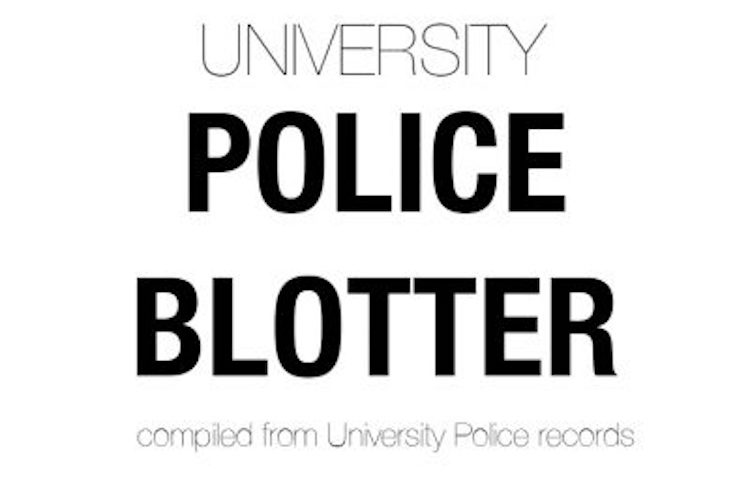 file photo
file photoAfter more than a year, the hill is finally open to traffic, although another project to recondition Garfield Avenue is far from completion, UW-Eau Claire officials said.
The hill reopened July 28, once again making Garfield Avenue a two-way street for the first time since the reconstruction effort began on July 13, 2004. During the construction, the road had been one-way or closed to traffic altogether.
| “Once the vegetation takes hold, it should look natural, not landscaped.” –Andrew Soll Vice Chancellor |
Many returning lower-campus residents agree the reopening made last week’s move-in easier.
“It just makes it a lot more difficult (when the hill is closed) … to get things in and out and really slows down the moving in process,” said senior Andrea Helebrant, a resident of Katharine Thomas Hall.
The idea of altering the 1,200-foot stretch of riverbank between the footbridge and the Putnam Hall parking lot originated in the 1980s, when university officials proposed building a floodwall to protect lower-campus buildings. This proposal, however, did not become a reality.
After a flood exposed a 300-foot crack in the soil between Garfield Avenue and the water’s edge in 1993, the university initiated a stabilization project that would take another 12 years to complete.
In July, workers put the final touches on the riverbank by covering the bare rocks – which helped comprise the bank – with topsoil and planting 56 trees, 291 shrubs and a wetland grass mixture.
“People are glad it’s done,” said Vice Chancellor Andy Soll. “Once the vegetation takes hold, it should look natural, not landscaped.”
Terry Classen, director of facilities planning and management, said even if the vegetation does not hold, the university would not suffer any financial losses in order to replace it because there is a one-year warranty on the trees and vegetation on the riverbank.
With the completion of the project, university officials are looking to replace the utilities under the road as well as Garfield Avenue itself, which has not been resurfaced since 1987.
The university has contracted Ayres Associates, an Eau Claire-based engineering firm, to look at the situation and draft a list of detailed possibilities for reconditioning the road in what Classen calls “a preliminary engineering study.”
Once the firm comes up with a list of options and financial estimates, Classen said, the university would weigh those options with the help of the university community.
If the university would decide to pursue any of these possibilities, it “will present them to various groups on campus,” Soll said.
Classen said the next step would then be to contact the state of Wisconsin with a detailed project scope.
“We want to go to the state for an estimate of what we want and are hoping for (the state) to approve funding this winter,” he said. “In order for that to happen, we need to present a really good decision of work.”
One of the ideas for the project would be to repair the road from the base of the hill to the School of Nursing, Classen said.
Another option would be to move Garfield Avenue away from the river as it approaches the footbridge, allowing the bridge to meet the road at a 90-degree angle, he said.
“If that were feasible, we might be able to create a more pedestrian-friendly area in front of Schofield Hall,” he said.
Making the street more pedestrian-friendly has some lower-campus residents concerned about their access to the residence halls, especially if the road or the hill were to be closed to traffic.
“I think without having another way out down here, it shouldn’t be closed because there’s no connecting road,” Helebrant said. “Putnam Road doesn’t go anywhere except back into the neighborhood back there, and it’s not considered a through street.”
Despite the concerns of limited access to the hill as well as lower campus, Classen said if the road were to be closed to through traffic, it would never be closed down to all traffic.
“There would always have to be some traffic for deliveries and for university and emergency vehicles,” he said. The university would also allow access to the residence halls for move-in, he said.
“I think if we planned anything different traffic-wise, we would approach it like an environmental project assessment,” Classen said. “Then again, I don’t know how popular it would be (to make the road pedestrian-only).”
At this point, the project is still in the planning stages, Soll said, explaining that the university does anticipate plans to alter the road in some way.
“If all goes well, the engineering and construction should begin in spring or summer 2007.”






